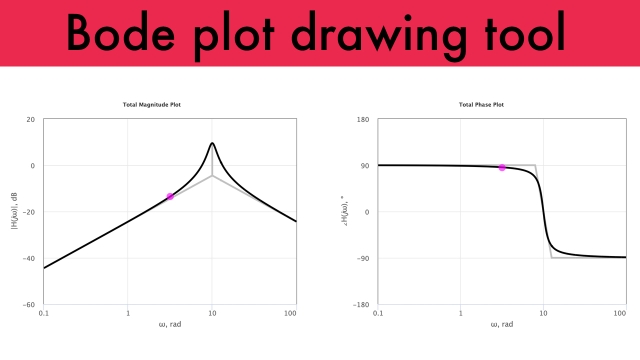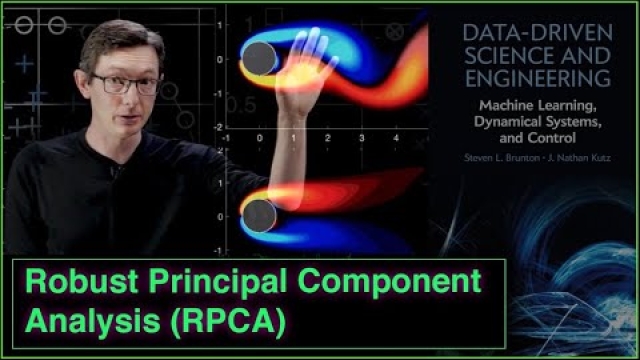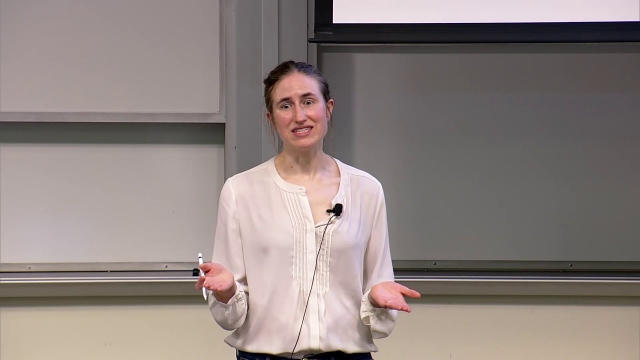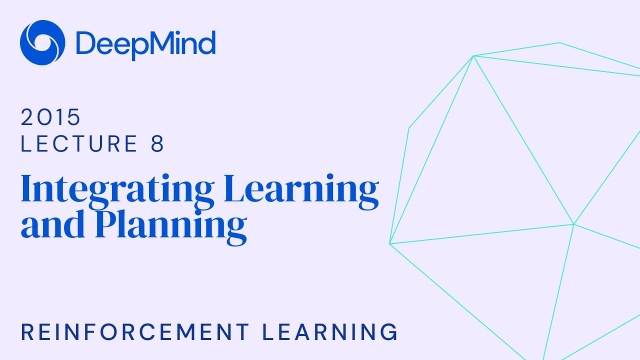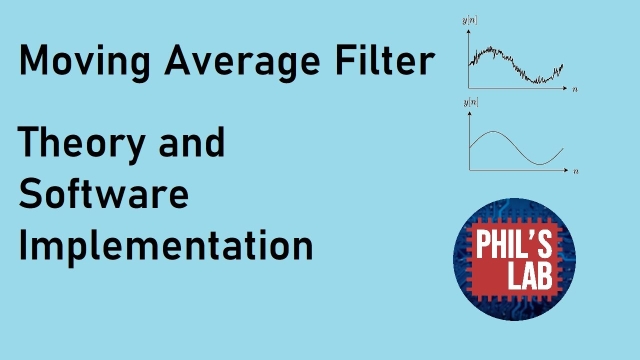
Trimming a Model of a Dynamic System Using Numerical Optimization
In this video we show how to find a trim point of a dynamic system using numerical optimization techniques. We generate a cost function that corresponds to a straight and level flight...
See MoreData-Driven Control: Change of Variables in Control Systems (Correction)
This video corrects a typo in the previous lecture.
See MoreComplex Fourier Series
This video will describe how the Fourier Series can be written efficiently in complex variables.
See MoreSVD: Eigenfaces 3 [Python]
This video describes how the singular value decomposition (SVD) can be used to efficiently represent human faces, in the so-called "eigenfaces" (Python code, part 3).
See MoreSimulating the Lorenz System in Matlab
This video shows how simple it is to simulate dynamical systems, such as the Lorenz system, in Matlab, using ode45.
See MoreControls Engineering in the FIRST Robotics Competition
This guide is intended to make an advanced engineering topic approachable so it can be applied by those who aren’t experts in control theory. The intended audience is high school students...
See MoreStanford CS234: Reinforcement Learning | Winter 2019 | Lecture 7 - Imitation...
Professor Emma Brunskill
Assistant Professor, Computer Science
Stanford AI for Human Impact Lab
Stanford Artificial Intelligence Lab
Statistical Machine Learning Group
See MoreData-Driven Control: Error Bounds for Balanced Truncation
In this lecture, we derive error bounds for the balanced truncation.
See MoreKoopman Spectral Analysis (Overview)
In this video, we introduce Koopman operator theory for dynamical systems. The Koopman operator was introduced in 1931, but has experienced renewed interest recently because of the...
See MoreUnitary Transformations and the SVD [Matlab]
This video describes how the singular value decomposition (SVD) is related to unitary transformations, with Matlab code.
See MoreStanford CS234: Reinforcement Learning | Winter 2019 | Lecture 5 - Value Fun...
Professor Emma Brunskill
Assistant Professor, Computer Science
Stanford AI for Human Impact Lab
Stanford Artificial Intelligence Lab
Statistical Machine Learning Group
See MoreRL Course by David Silver - Lecture 3: Planning by Dynamic Programming
Introduces policy evaluation and iteration, value iteration, extensions to dynamic programming and contraction mapping.
See MoreOverride and Reset Feedback
Override (Select, Safety, Switch) control observes an auxiliary variable and takes over from the primary controller when a limit is exceeded. Reset feedback is a method to prevent the non...
See MoreData-Driven Control: Balanced Truncation and BPOD Example
In this lecture, we explore balanced truncation and BPOD on a numerical example in Matlab.
See MoreVelocity & Acceleration in Non-Inertial Reference Frames (Coriolis &...
In this video we derive a mathematical description of velocity and acceleration in non-inertial reference frame. We examine the effect of fictitious forces that are witnessed by observers on...
See MoreSliding Mode Control Design for a Robotic Manipulator
This MATLAB/Simulink example shows how to design a controller for a robotic manipulator with two actuated joints using sliding mode control (SMC). SMC is useful for systems that require...
See MoreSingular Value Decomposition (SVD): Dominant Correlations
This lectures discusses how the SVD captures dominant correlations in a matrix of data.
See MoreSVD: Eigen Action Heros [Matlab]
This video describes how the singular value decomposition (SVD) can be used to efficiently represent human faces. In this example, we represent action heros (Matlab).
See MoreLinear Regression 3 [Python]
This video describes how the singular value decomposition (SVD) can be used for linear regression in Python (part 3).
See MoreBode Plot Drawing Tool
This page demonstrates the techniques described previously to take a transfer function defined by the user, identify the constituent terms, draw the individual Bode plots, and then combine...
See MoreRobust Principal Component Analysis (RPCA)
Robust statistics is essential for handling data with corruption or missing entries. This robust variant of principal component analysis (PCA) is now a workhorse algorithm in several fields...
See MoreStanford CS234: Reinforcement Learning | Winter 2019 | Lecture 6 - CNNs and ...
Professor Emma Brunskill
Assistant Professor, Computer Science
Stanford AI for Human Impact Lab
Stanford Artificial Intelligence Lab
Statistical Machine Learning Group
RL Course by David Silver - Lecture 8: Integrating Learning and Planning
Introduces model-based RL, along with integrated architectures and simulation based search.
See MoreMoving Average Filter - Theory and Software Implementation
Moving average filter theory (time domain, frequency domain, Z-transform, FIR, etc..) and software implementation on a real-time embedded system using an STM32 microcontroller and a...
See MoreNumerically Linearizing a Dynamic System
In this video we show how to linearize a dynamic system using numerical techniques. In other words, the linearization process does not require an analytical description of the system. This...
See More

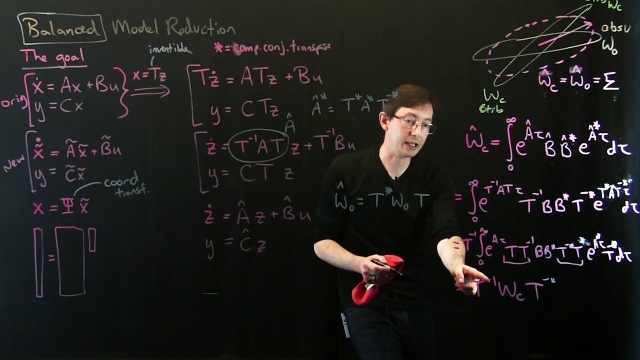
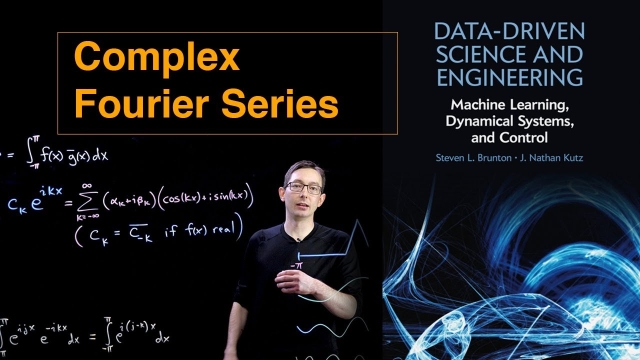
![SVD: Eigenfaces 3 [Python]](/sites/default/files/styles/search_resulkts/public/2020-12/maxresdefault_417.jpg?itok=QFSaPoAT)
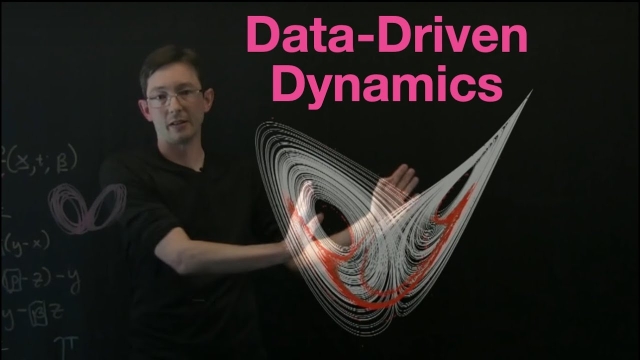

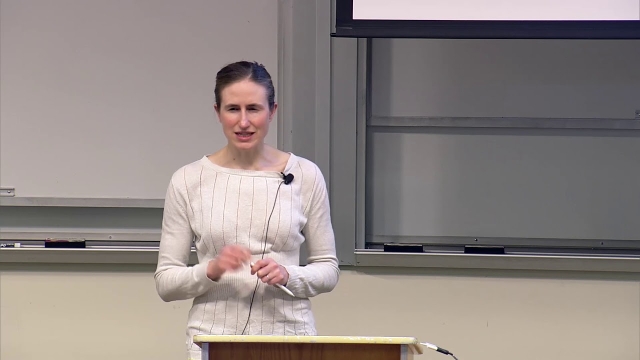
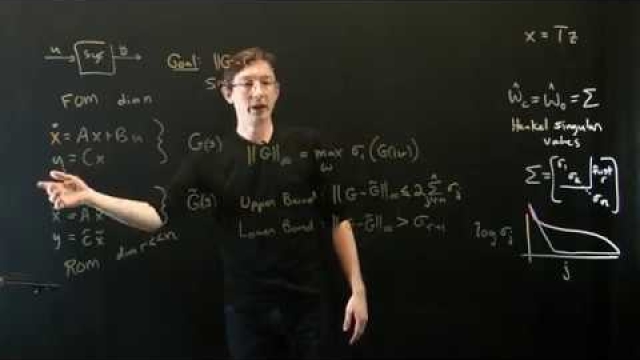
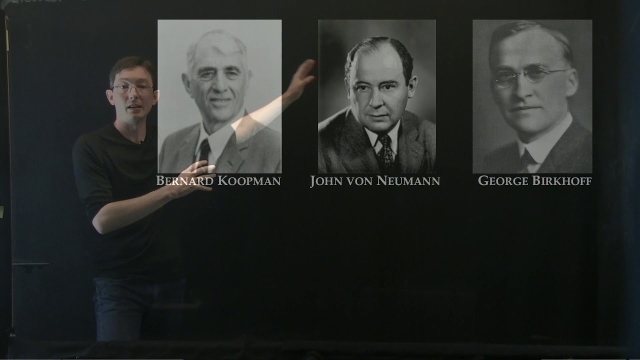
![Unitary Transformations and the SVD [Matlab]](/sites/default/files/styles/search_resulkts/public/2020-12/maxresdefault_427.jpg?itok=FrsjRsfe)
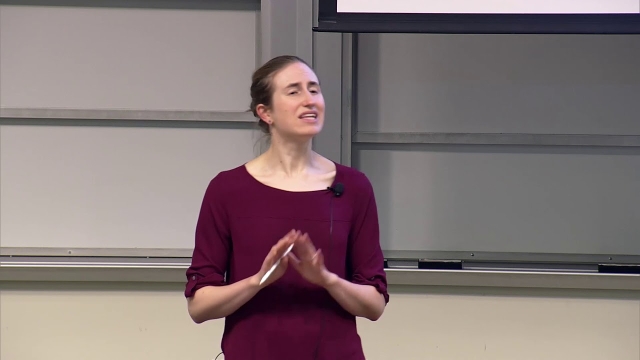
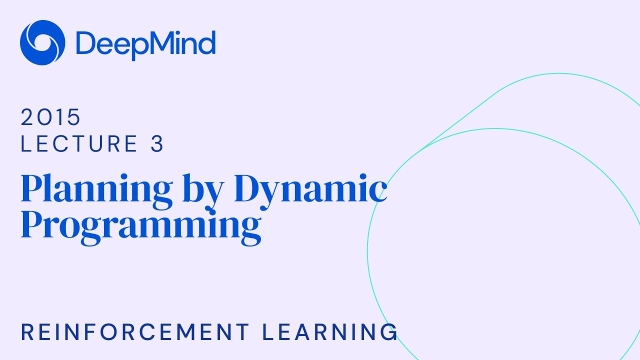
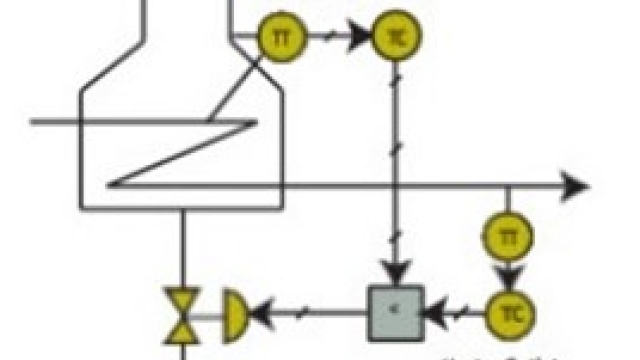
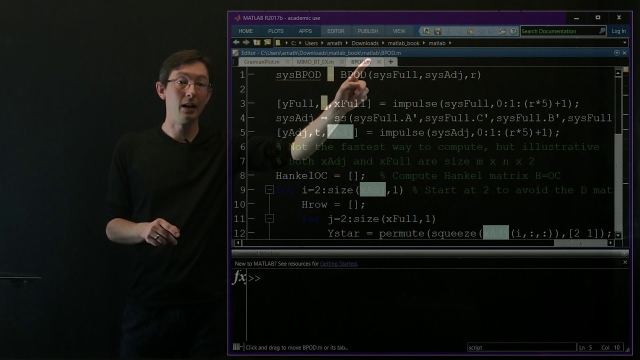
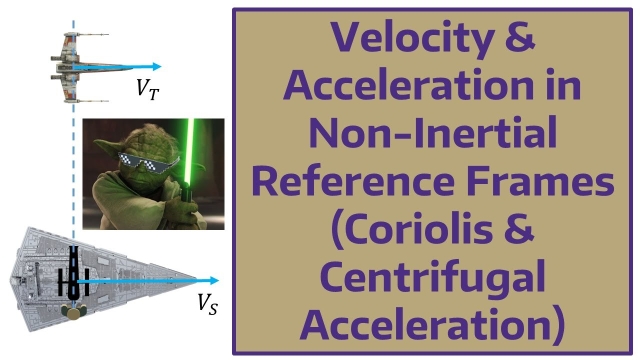
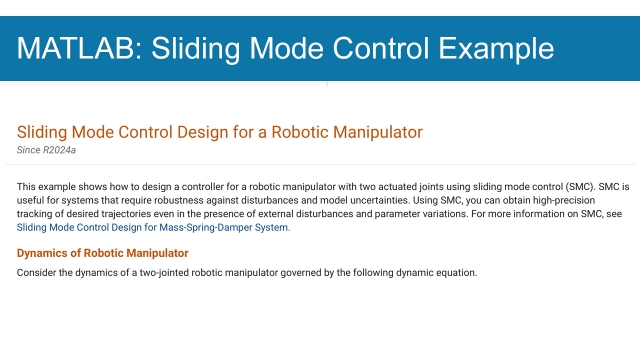

![SVD: Eigen Action Heros [Matlab]](/sites/default/files/styles/search_resulkts/public/2020-12/maxresdefault_411.jpg?itok=YrhhkBXx)
![Linear Regression 3 [Python] Linear Regression 3 [Python]](/sites/default/files/styles/search_resulkts/public/2020-12/maxresdefault_438.jpg?itok=rU8HcFY_)
